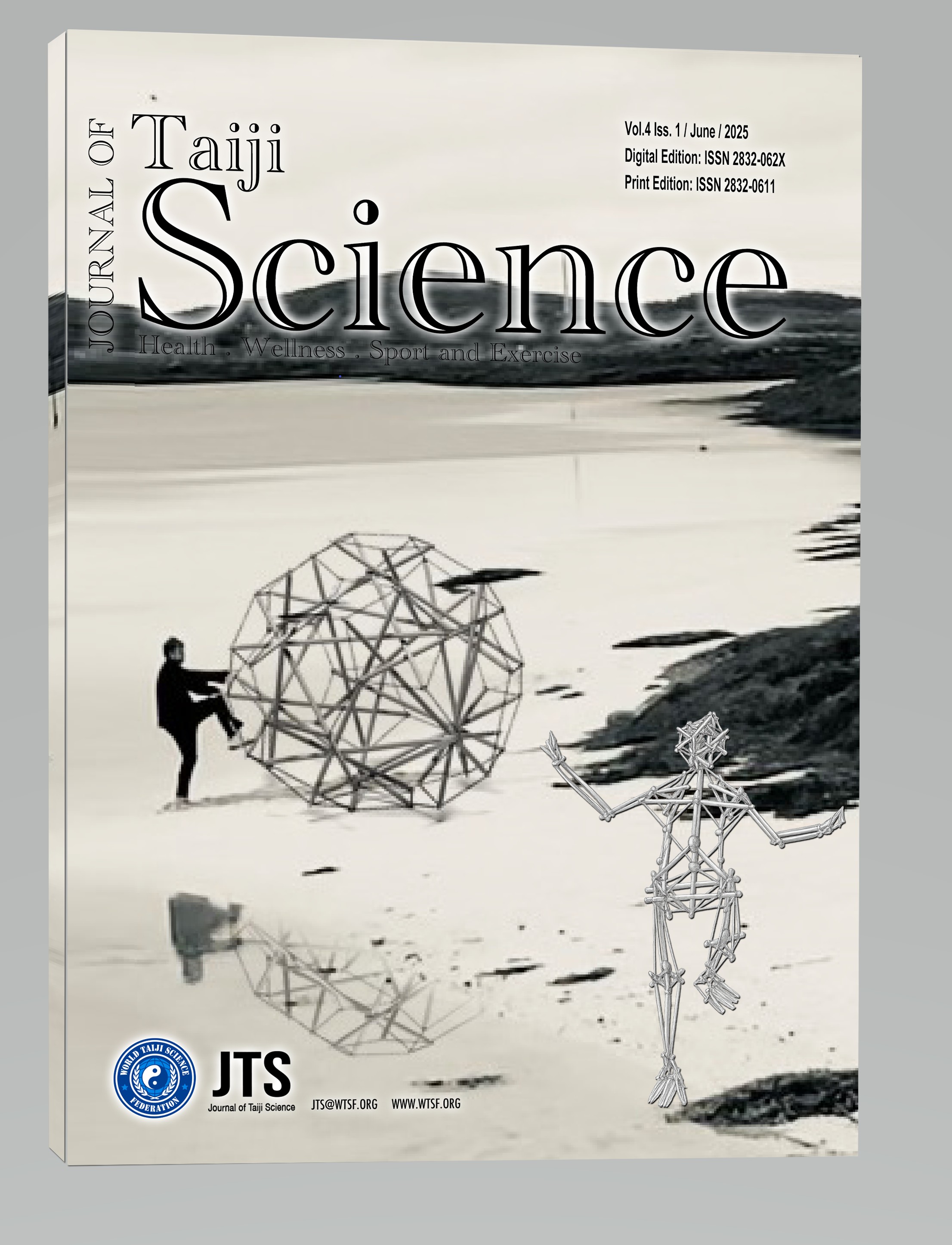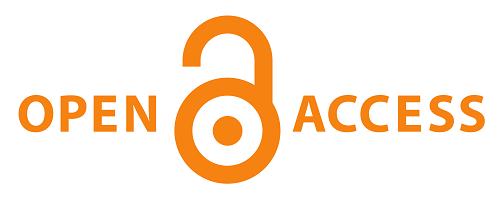A Study on the Effects of Taiji Rouli Ball Exercise on Hand Dexterity of Middle-Aged and Elderly Practitioners
DOI:
https://doi.org/10.57612/JS25.JTS.04.04Keywords:
Middle-Aged and Elderly, Taiji Rouli Ball, Hand Dexterity, Taijiquan, PractitionersAbstract
Human beings experience a gradual decline in body functions with age, and decreased manual dexterity can directly limit daily life and well-being. It is of practical value to improve hand dexterity through targeted exercise. This study provides a theoretical basis for the improvement of hand dexterity in middle-aged and elderly people by exploring the effect of Taiji Rouli Ball on hand dexterity. Methods: Using literature method, experimental method, mathematical statistics method and logical analysis method, 15 middle-aged and elderly people aged 50-65 years were randomly selected as subjects, and a regular Taiji Rouli Ball intervention experiment lasting for 7 weeks, 4 times a week for 60 minutes each time was carried out to compare the hand dexterity, right and left hand grip strength and hand dysfunction scales of middle-aged and elderly people before and after the experiment. Results:7 weeks of 8-form Rouli Ball exercise produced statistically significant differences in hand dexterity and right-handed grip strength; there were no significant differences in the hand dysfunction scale, but there was a trend of benign changes in the data. Conclusion: Taiji Rouli Ball can positively affect the decline of hand dexterity due to aging in middle-aged and elderly people; Taiji Rouli Ball intervention can improve hand grip strength and alleviate hand dysfunction in middle-aged and elderly people. Practicing Taiji Rouli Ball can make the muscles of the hands and legs as well as the central nervous system to be developed comprehensively.
Downloads
Downloads
Published
Issue
Section
License
Copyright (c) 2025 Rujia Wang (Author)

This work is licensed under a Creative Commons Attribution 4.0 International License.
All articles are permanently available online to the public without restrictions or subscription fees. All articles are free to be used, cited, and distributed, on condition that appropriate acknowledgement is included. Authors are the copyright holders of their original contributions. The published article is simultaneously licensed under a Creative Commons (CC) Attribution License. “A CC license is used when an author wants to give people the right to share, use, and build upon a work that they have created” Wikipedia.

















